Cloudflare announces integrations with MDM companies
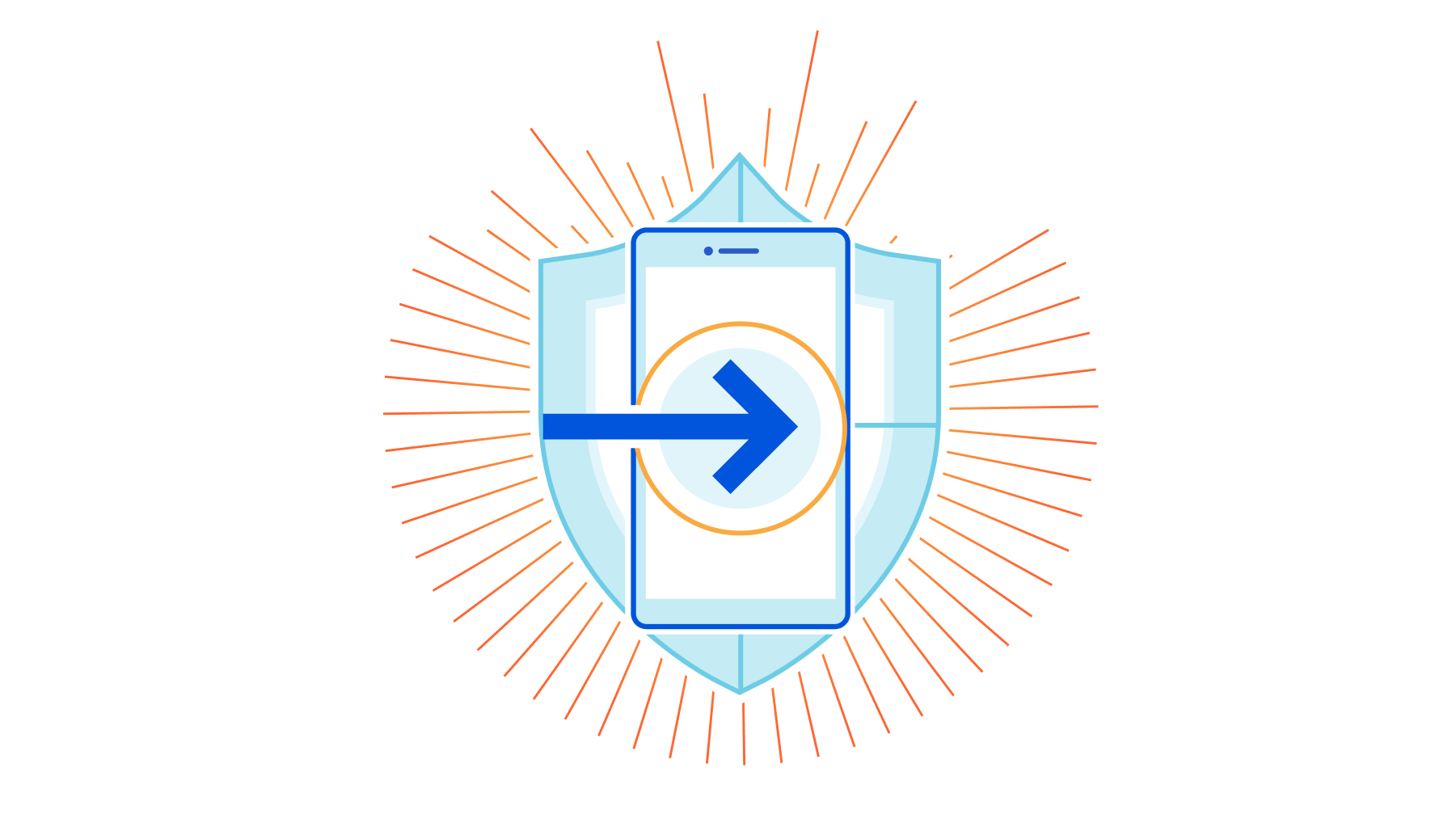

At Cloudflare, we are continuously thinking about ways to make the Internet more secure, more reliable and more performant for consumers and businesses of all sizes. Connecting devices safely to applications is critical for the safety of enterprise applications and for the peace of mind of a CIO.
Last January, we launched our Zero Trust platform, Cloudflare for Teams, that protects users, their devices, and their data by replacing legacy security perimeters with Cloudflare’s global edge network. Cloudflare for Teams makes security solutions like Zero Trust Network Access and Secure Web Gateway more accessible, for all companies, regardless of size, scale, or resources. This means building products that are more user-friendly, easier to deploy, and less cumbersome to manage.
The Cloudflare WARP agent encrypts traffic from devices to Cloudflare’s network, and many customers use it as a critical component to extend default-deny controls to where their users are. Today, Cloudflare is rolling out richer documentation on how to deploy WARP with these partners, so your administrators have a streamlined, easy-to-follow process to enroll your entire device fleet.
And we’re excited to announce new integrations with mobile device management vendors Microsoft Intune, Ivanti, JumpCloud, Kandji, and Hexnode to make it Continue reading
Cloudflare Agent — Seamless Deployment at Scale
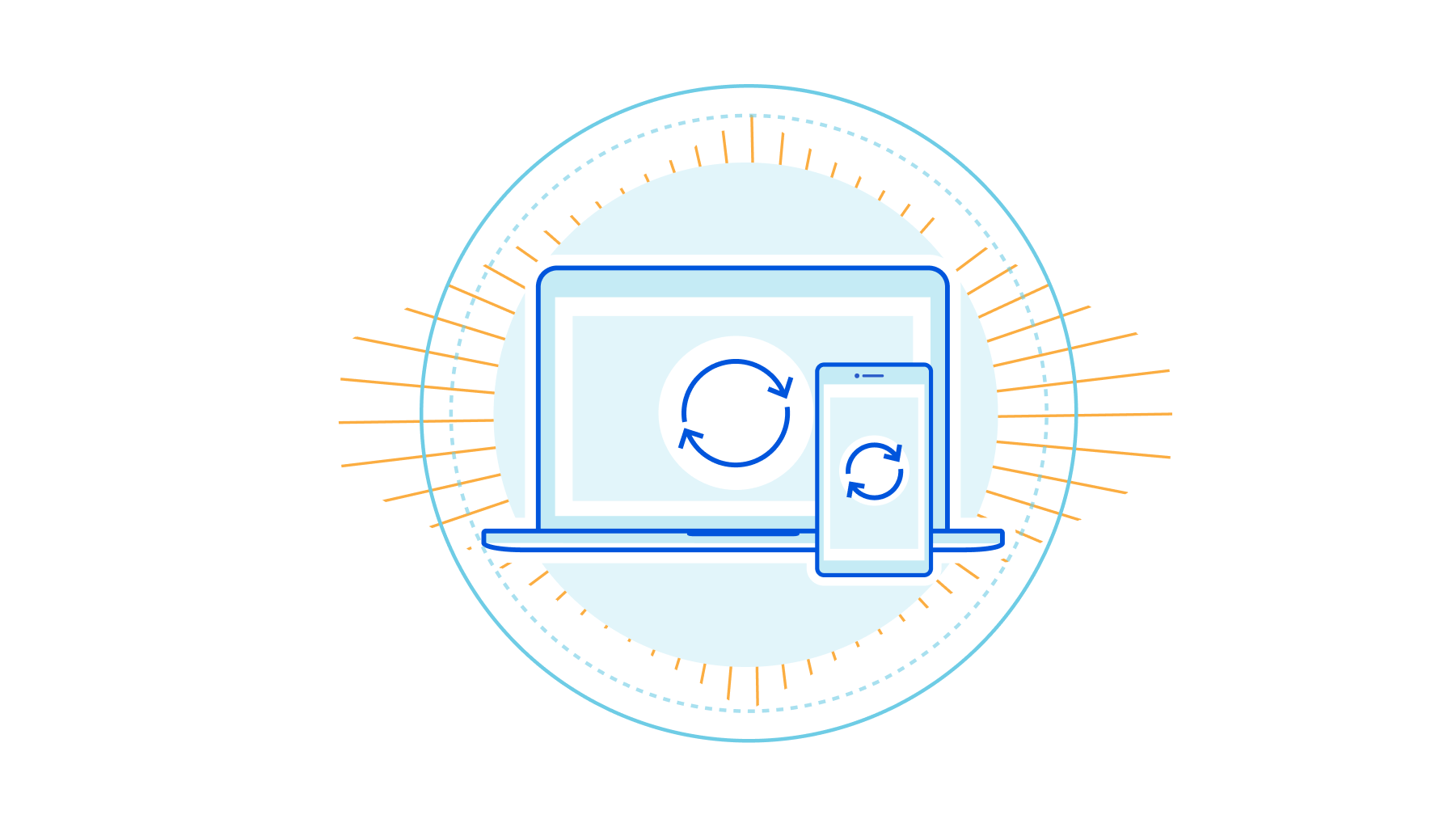
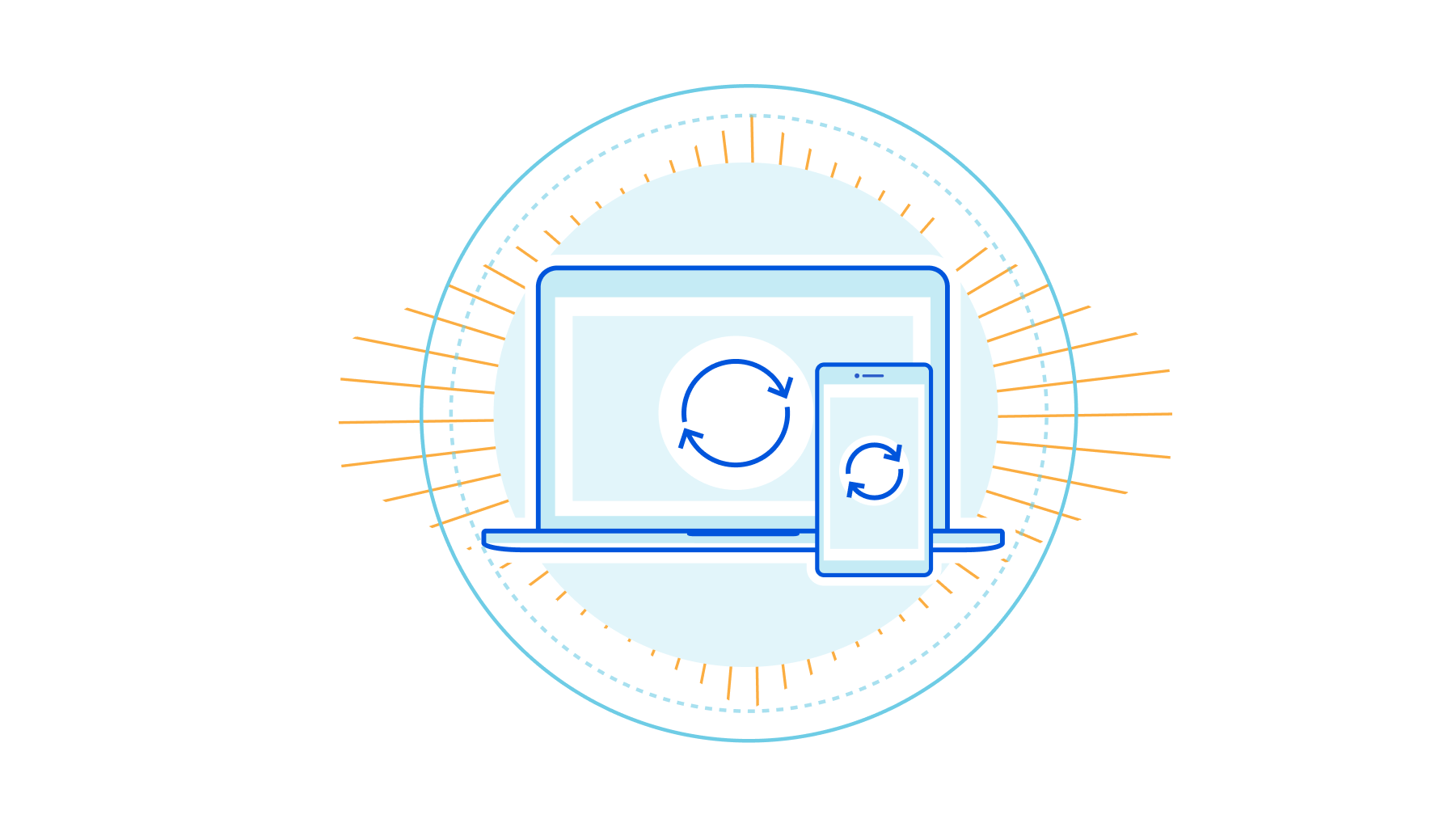
A year ago we launched WARP for Desktop to give anyone a fast, private on-ramp to the Internet. For our business customers, IT and security administrators can also use that same agent and enroll the devices in their organization into Cloudflare for Teams. Once enrolled, their team members have an accelerated on-ramp to the Internet where Cloudflare can also provide comprehensive security filtering from network firewall functions all the way to remote browser isolation.
When we launched last year, we supported the broadest possible deployment mechanisms with a simple set of configuration options to get your organization protected quickly. We focused on helping organizations keep users and data safe with HTTP and DNS filtering from any location. We started with support for Mac, Windows, iOS, and Android.
Since that launch, thousands of organizations have deployed the agent to secure their team members and endpoints. We’ve heard from customers who are excited to expand their rollout, but need more OS support and great control over the configuration.
Today we are excited to announce our zero trust agent now has feature parity across all major platforms. Beyond that, you can control new options to determine how traffic is routed and your administrators Continue reading
Introducing Cloudflare Domain Protection — Making Domain Compromise a Thing of the Past
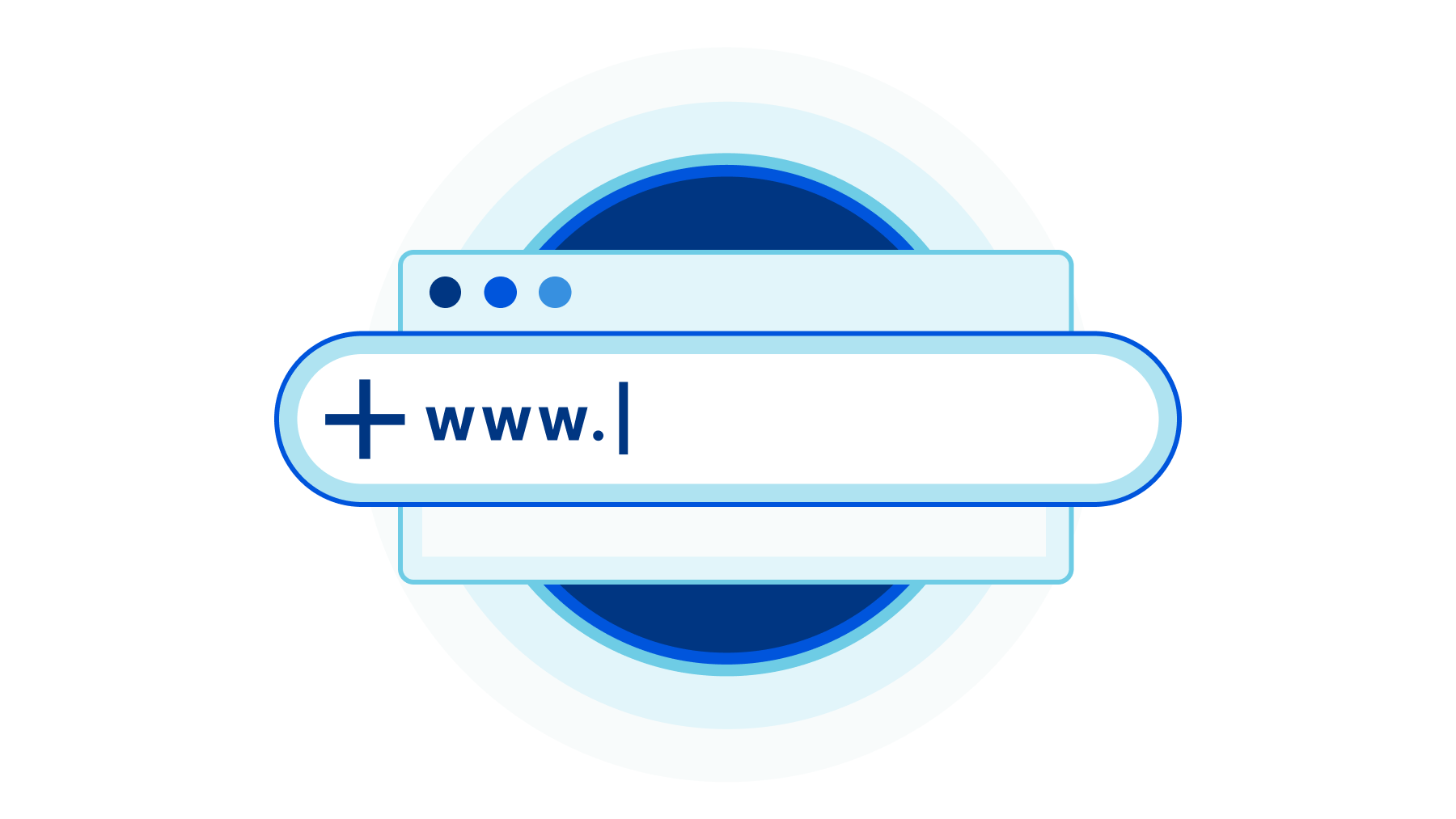
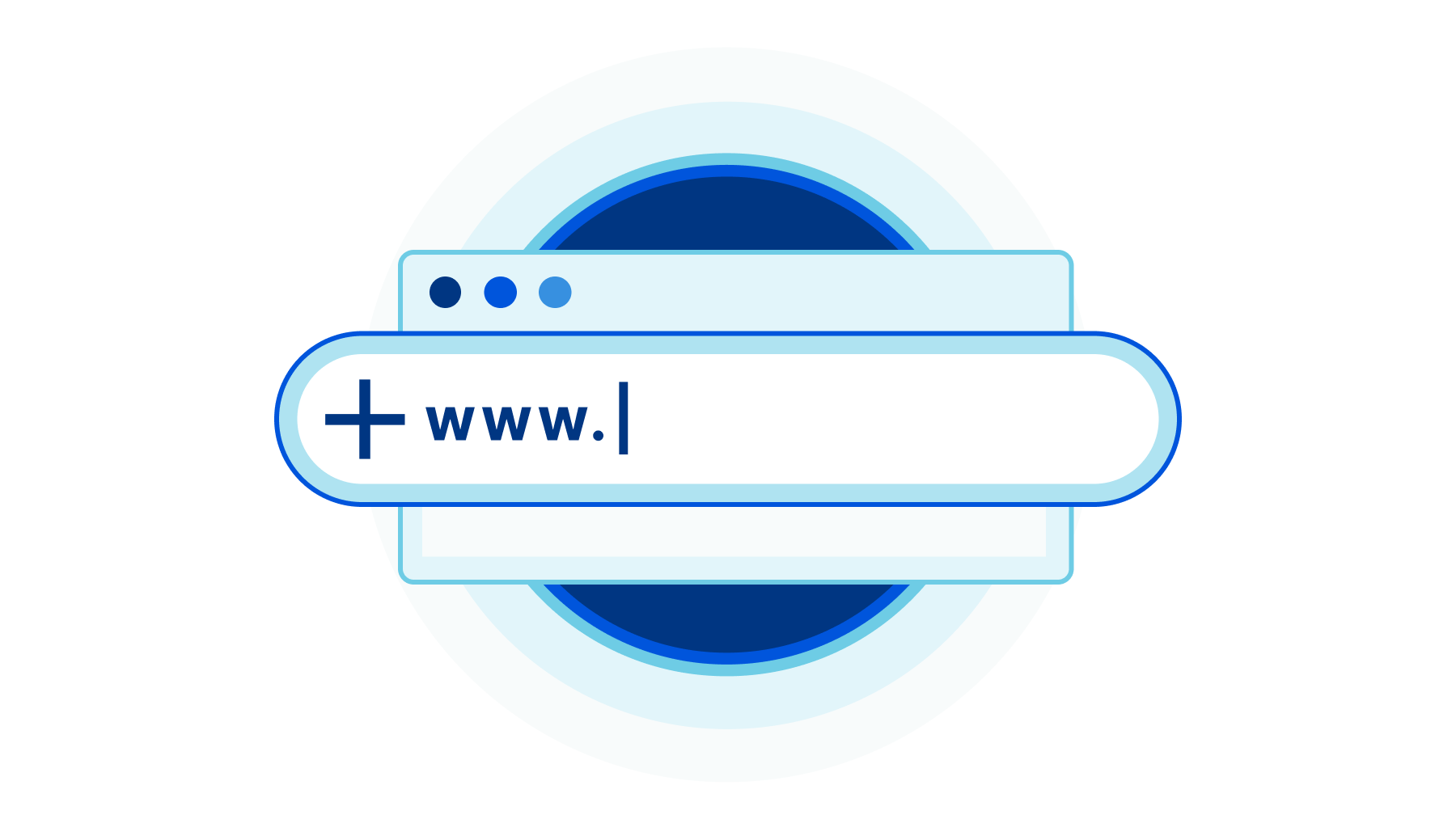
Everything on the web starts with a domain name. It is the foundation on which a company’s online presence is built. If that foundation is compromised, the damage can be immense.
As part of CIO Week, we looked at all the biggest risks that companies continue to face online, and how we could address them. The compromise of a domain name remains one of the greatest. There are many ways in which a domain may be hijacked or otherwise compromised, all the way up to the most serious: losing control of your domain name altogether.
You don’t want it to happen to you. Imagine not just losing your website, but all your company’s email, a myriad of systems tied to your corporate domain, and who knows what else. Having an attacker compromise your corporate domain is the stuff of nightmares for every CIO. And, if you’re a CIO and it’s not something you’re worrying about, know that we literally surveyed every other domain registrar and were so unsatisfied with their security practices we needed to launch our own.
But, now that we have, we want to make domain compromise something that should never, ever happen again. For that reason, we’re Continue reading
CVE-2021-44228 – Log4j RCE 0-day mitigation

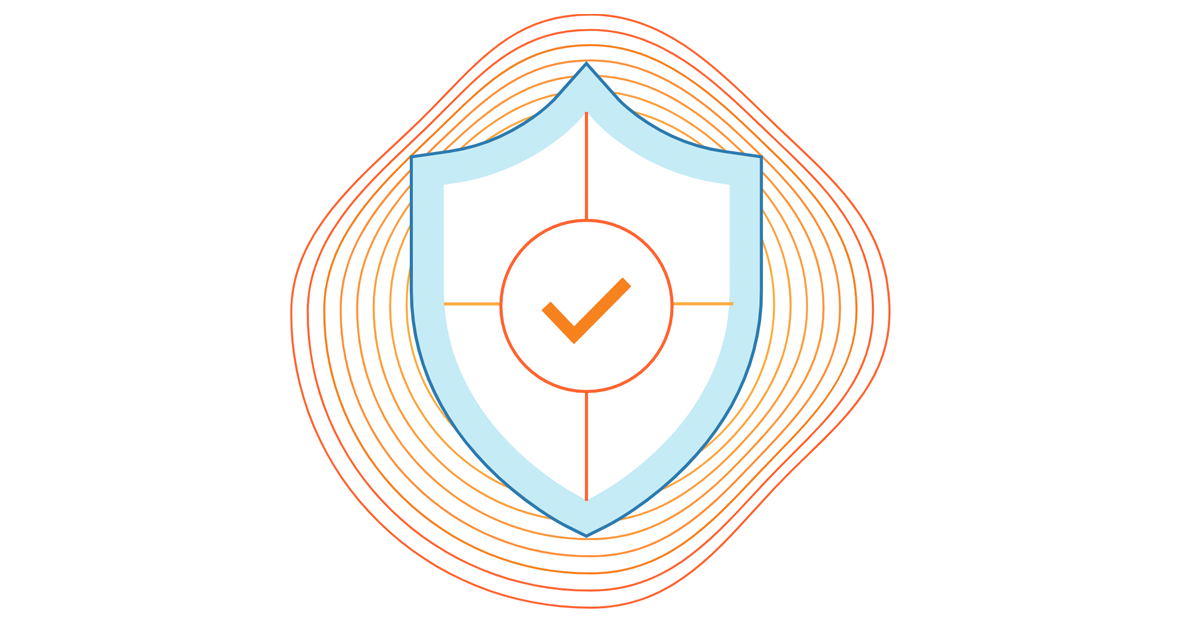
A zero-day exploit affecting the popular Apache Log4j utility (CVE-2021-44228) was made public on December 9, 2021 that results in remote code execution (RCE).
This vulnerability is actively being exploited and anyone using Log4j should update to version 2.15.0 as soon as possible. The latest version can already be found on the Log4j download page.
If updating to the latest version is not possible, customers can also mitigate exploit attempts by setting the system property "log4j2.formatMsgNoLookups" to “true”; or by removing the JndiLookup class from the classpath. Java release 8u121 also protects against this remote code execution vector.
Customers using the Cloudflare WAF can also leverage three newly deployed rules to help mitigate any exploit attempts:
| Rule ID | Description | Default Action |
|---|---|---|
100514 (legacy WAF)6b1cc72dff9746469d4695a474430f12 (new WAF) |
Log4j Headers | BLOCK |
100515 (legacy WAF)0c054d4e4dd5455c9ff8f01efe5abb10 (new WAF) |
Log4j Body | LOG |
100516 (legacy WAF)5f6744fa026a4638bda5b3d7d5e015dd (new WAF) |
Log4j URL | LOG |
The mitigation has been split across three rules inspecting HTTP headers, body and URL respectively.
Due to the risk of false positives, customers should immediately review Firewall Event logs and switch the Log4j Body and URL rules to BLOCK if none are found. Continue reading
Cloudflare announces partnerships with leading cyber insurers and incident response providers
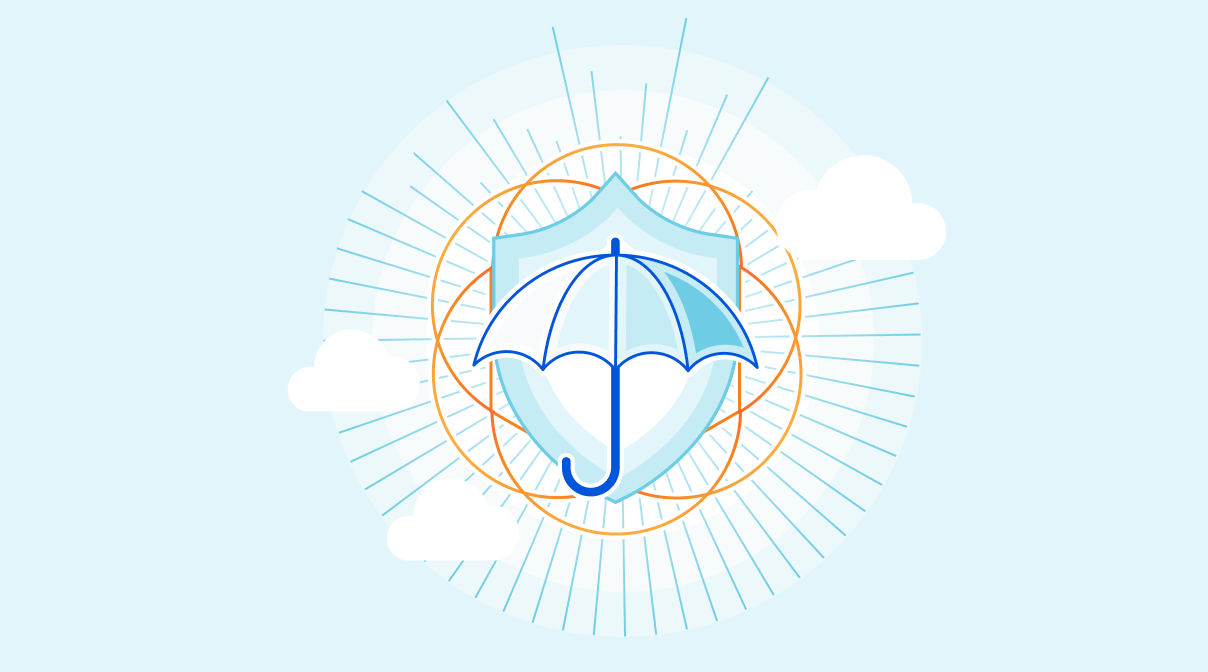
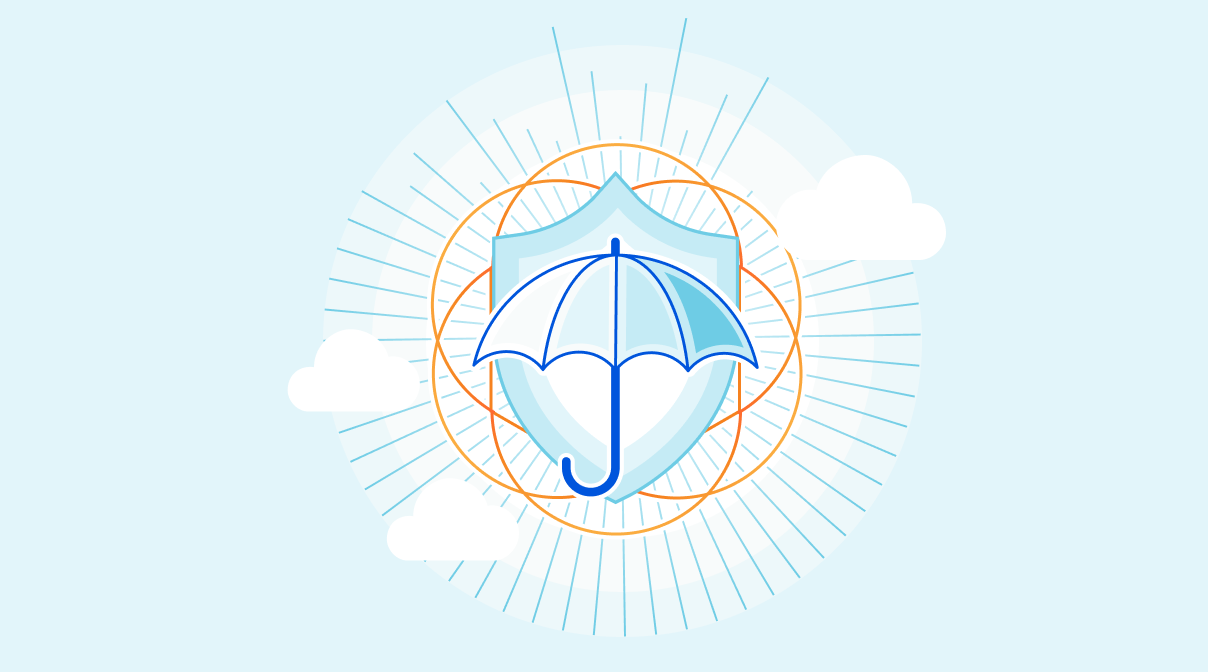
We are excited to announce our cyber risk partnership program with leading cyber insurance carriers and incident response providers to help our customers reduce their cyber risk. Cloudflare customers can qualify for discounts on premiums or enhanced coverage with our partners. Additionally, our incident response partners are partnering with us for mitigating under attack scenarios in an accelerated manner.
What is a business’ cyber risk?
Let's start with security and insurance — e.g., being a homeowner is an adventure and a responsibility. You personalize your home, maintain it, and make it secure against the slightest possibility of intrusion — fence it up, lock the doors, install a state of the art security system, and so on. These measures definitely reduce the probability of an intrusion, but you still buy insurance. Why? To cover for the rare possibility that something might go wrong — human errors, like leaving the garage door open, or unlikely events, like a fire, hurricane etc. And when something does go wrong, you call the experts (aka police) to investigate and respond to the situation.
Running a business that has any sort of online presence is evolving along the same lines. Getting the right Continue reading
Introducing Cloudflare Security Center


Today we are launching Cloudflare Security Center, which brings together our suite of security products, our security expertise, and unique Internet intelligence as a unified security intelligence solution.
Cloudflare was launched in 2009 to help build a better Internet and make Internet performance and security accessible to everyone. Over the last twelve years, we’ve disrupted the security industry and launched a broad range of products to address our customer’s pain points across Application Security, Network Security, and Enterprise Security.
While there are a plethora of solutions on the market to solve specific pain points, we’ve architected Cloudflare One as a unified platform to holistically address our customers’ most pressing security challenges. As part of this vision, we are extremely excited to launch the public beta of Security Center. Our goal is to help customers understand their attack surface and quickly take action to reduce their risk of an incident.
Starting today, all Cloudflare users can use Security Center (available in your Cloudflare dashboard) to map their attack surface, review potential security risks and threats to their organizations, and mitigate these risks with a few clicks.
The changing corporate attack surface
A year ago, we announced Cloudflare One to address Continue reading
Shadow IT: make it easy for users to follow the rules


SaaS application usage has exploded over the last decade. According to Gartner, global spending on SaaS in 2021 was $145bn and is forecasted to reach $171bn in 2022. A key benefit of SaaS applications is that they are easy to get started with and either free or low cost. This is great for both users and leaders — it’s easy to try out new tools with no commitment or procurement process. But this convenience also presents a challenge to CIOs and security teams. Many SaaS applications are great for a specific task, but lack required security controls or visibility. It can be easy for employees to start using SaaS applications for their everyday job without IT teams noticing — these “unapproved” applications are popularly referred to as Shadow IT.
CIOs often have no visibility over what applications their SaaS employees are using. Even when they do, they may not have an easy way to block users from using unapproved applications, or on the contrary, to provide easy access to approved ones.
Visibility into application usage
In an office, it was easier for CIOs and their teams to monitor application usage in their organization. Mechanisms existed to inspect outbound DNS Continue reading
How to customize your layer 3/4 DDoS protection settings


After initially providing our customers control over the HTTP-layer DDoS protection settings earlier this year, we’re now excited to extend the control our customers have to the packet layer. Using these new controls, Cloudflare Enterprise customers using the Magic Transit and Spectrum services can now tune and tweak their L3/4 DDoS protection settings directly from the Cloudflare dashboard or via the Cloudflare API.
The new functionality provides customers control over two main DDoS rulesets:
- Network-layer DDoS Protection ruleset — This ruleset includes rules to detect and mitigate DDoS attacks on layer 3/4 of the OSI model such as UDP floods, SYN-ACK reflection attacks, SYN Floods, and DNS floods. This ruleset is available for Spectrum and Magic Transit customers on the Enterprise plan.
- Advanced TCP Protection ruleset — This ruleset includes rules to detect and mitigate sophisticated out-of-state TCP attacks such as spoofed ACK Floods, Randomized SYN Floods, and distributed SYN-ACK Reflection attacks. This ruleset is available for Magic Transit customers only.
To learn more, review our DDoS Managed Ruleset developer documentation. We’ve put together a few guides that we hope will be helpful for you:
Magic Firewall gets Smarter


Today, we're very excited to announce a set of updates to Magic Firewall, adding security and visibility features that are key in modern cloud firewalls. To improve security, we’re adding threat intel integration and geo-blocking. For visibility, we’re adding packet captures at the edge, a way to see packets arrive at the edge in near real-time.
Magic Firewall is our network-level firewall which is delivered through Cloudflare to secure your enterprise. Magic Firewall covers your remote users, branch offices, data centers and cloud infrastructure. Best of all, it’s deeply integrated with Cloudflare, giving you a one-stop overview of everything that’s happening on your network.
A brief history of firewalls
We talked a lot about firewalls on Monday, including how our firewall-as-a-service solution is very different from traditional firewalls and helps security teams that want sophisticated inspections at the Application Layer. When we talk about the Application Layer, we’re referring to OSI Layer 7. This means we’re applying security features using semantics of the protocol. The most common example is HTTP, the protocol you’re using to visit this website. We have Gateway and our WAF to protect inbound and outbound HTTP requests, but what about Layer 3 and Layer 4 Continue reading
Why Cloudflare Bought Zaraz


Today we're excited to announce that Cloudflare has acquired Zaraz. The Zaraz value proposition aligns with Cloudflare's mission. They aim to make the web more secure, more reliable, and faster. And they built their solution on Cloudflare Workers. In other words, it was a no-brainer that we invite them to join our team.
Be Careful Who Takes Out the Trash
To understand Zaraz's value proposition, you need to understand one of the biggest risks to most websites that people aren't paying enough attention to. And, to understand that, let me use an analogy.
Imagine you run a business. Imagine that business is, I don't know, a pharmacy. You have employees. They have a process and way they do things. They're under contract, and you conduct background checks before you hire them. They do their jobs well and you trust them. One day, however, you realize that no one is emptying the trash. So you ask your team to find someone to empty the trash regularly.
Your team is busy and no one has the time to add this to their regular duties. But one plucky employee has an idea. He goes out on the street and hails down a relative Continue reading
Cloudflare acquires Zaraz to enable cloud loading of third-party tools


We are excited to announce the acquisition of Zaraz by Cloudflare, and the launch of Cloudflare Zaraz (beta). What we are releasing today is a beta version of the Zaraz product integrated into Cloudflare’s systems and dashboard. You can use it to manage and load third-party tools on the cloud, and achieve significant speed, privacy and security improvements. We have bet on Workers, and the Cloudflare technology and network from day one, and therefore are particularly excited to be offering Zaraz to all of Cloudflare's customers today, free of charge. If you are a Cloudflare customer all you need to do is to click the Zaraz icon on the dashboard, and start configuring your third-party stack. No code changes are needed. We plan to keep releasing features in the next couple of months until this beta version is a fully-developed product offering.
It’s time to say goodbye to traditional Tag Managers and Customer Data Platforms. They have done their part, and they have done it well, but as the web evolves they have also created some crucial problems. We are here to solve that.

The problems of third-party bloat
Yo'av and I founded Zaraz after having experienced working on opposite Continue reading
Guest Blog: k8s tunnels with Kudelski Security


Today, we’re excited to publish a blog post written by our friends at Kudelski Security, a managed security services provider. A few weeks back, Romain Aviolat, the Principal Cloud and Security Engineer at Kudelski Security approached our Zero Trust team with a unique solution to a difficult problem that was powered by Cloudflare’s Identity-aware Proxy, which we call Cloudflare Tunnel, to ensure secure application access in remote working environments.
We enjoyed learning about their solution so much that we wanted to amplify their story. In particular, we appreciated how Kudelski Security’s engineers took full advantage of the flexibility and scalability of our technology to automate workflows for their end users. If you’re interested in learning more about Kudelski Security, check out their work below or their research blog.
Zero Trust Access to Kubernetes
Over the past few years, Kudelski Security’s engineering team has prioritized migrating our infrastructure to multi-cloud environments. Our internal cloud migration mirrors what our end clients are pursuing and has equipped us with expertise and tooling to enhance our services for them. Moreover, this transition has provided us an opportunity to reimagine our own security approach and embrace the best practices of Zero Trust.
So far, one Continue reading
Introducing Clientless Web Isolation


Today, we're excited to announce the beta for Cloudflare’s clientless web isolation. A new on-ramp for Browser Isolation that natively integrates Zero Trust Network Access (ZTNA) with the zero-day, phishing and data-loss protection benefits of remote browsing for users on any device browsing any website, internal app or SaaS application. All without needing to install any software or configure any certificates on the endpoint device.
Secure access for managed and unmanaged devices
In early 2021, Cloudflare announced the general availability of Browser Isolation, a fast and secure remote browser that natively integrates with Cloudflare’s Zero Trust platform. This platform — also known as Cloudflare for Teams — combines secure Internet access with our Secure Web Gateway solution (Gateway) and secure application access with a ZTNA solution (Access).
Typically, admins deploy Browser Isolation by rolling out Cloudflare’s device client on endpoints, so that Cloudflare can serve as a secure DNS and HTTPS Internet proxy. This model protects users and sensitive applications when the administrator manages their team's devices. And for end users, the experience feels frictionless like a local browser: they are hardly aware that they are actually browsing on a secure machine running in a Cloudflare Continue reading
Extending Cloudflare’s Zero Trust platform to support UDP and Internal DNS


At the end of 2020, Cloudflare empowered organizations to start building a private network on top of our network. Using Cloudflare Tunnel on the server side, and Cloudflare WARP on the client side, the need for a legacy VPN was eliminated. Fast-forward to today, and thousands of organizations have gone on this journey with us — unplugging their legacy VPN concentrators, internal firewalls, and load balancers. They’ve eliminated the need to maintain all this legacy hardware; they’ve dramatically improved speeds for end users; and they’re able to maintain Zero Trust rules organization-wide.
We started with TCP, which is powerful because it enables an important range of use cases. However, to truly replace a VPN, you need to be able to cover UDP, too. Starting today, we’re excited to provide early access to UDP on Cloudflare’s Zero Trust platform. And even better: as a result of supporting UDP, we can offer Internal DNS — so there’s no need to migrate thousands of private hostnames by hand to override DNS rules. You can get started with Cloudflare for Teams for free today by signing up here; and if you’d like to join the waitlist to gain early access to UDP and Continue reading
Zero Trust Private Networking Rules


Earlier this year, we announced the ability to build a private network on Cloudflare’s network with identity-driven access controls. We’re excited to share that you will soon be able to extend that control to sessions and login intervals as well.
Private networks failed to adapt
Private networks were the backbone for corporate applications for years. Security teams used them to build a strict security perimeter around applications. In order to access sensitive data, a user had to physically be on the network. This meant they had to be in an office, connecting from a corporately managed device. This was not perfect — network access could be breached over physical connection or Wi-Fi, but tools like certificates and physical firewalls existed to prevent these threats.
These boundaries were challenged as work became increasingly more remote. Branch offices, data centers and remote employees all required access to applications, so organizations started relying on Virtual Private Networks (VPNs) to put remote users onto the same network as their applications.
In parallel to the problem of connecting users from everywhere, the security model of a private network became an even more dangerous problem. Once inside a private network, users could access any resource on Continue reading
Page Shield is generally available


Supply chain attacks are a growing concern for CIOs and security professionals.
During a supply chain attack, an attacker compromises a third party tool or library that is being used by the target application. This normally results in the attacker gaining privileged access to the application’s environment allowing them to steal private data or perform subsequent attacks. For example, Magecart, is a very common type of supply chain attack, whereby the attacker skimms credit card data from e-commerce site checkout forms by compromising third party libraries used by the site.
To help identify and mitigate supply chain attacks in the context of web applications, today we are launching Page Shield in General Availability (GA).
With Page Shield you gain visibility on what scripts are running on your application and can be notified when they have been compromised or are showing malicious behaviour such as attempting to exfiltrate user data.
We’ve worked hard to make Page Shield easy to use: you can find it under the Firewall tab and turn it on with one simple click. No additional configuration required. Alerts can be set up separately on an array of different events.

What is Page Shield?
Back in March of this Continue reading
Zaraz use Workers to make third-party tools secure and fast


We decided to create Zaraz around the end of March 2020. We were working on another product when we noticed everyone was asking us about the performance impact of having many third-parties on their website. Third-party content is an important part of the majority of websites today, powering analytics, chatbots, conversion pixels, widgets — you name it. The definition of third-party is an asset, often JavaScript, hosted outside the primary site-user relationship, that is not under the direct control of the site owner but is present with ‘approval’. Yair wrote in detail about the process of measuring the impact of these third-party tools, and how we pivoted our startup, but I wanted to write about how we built Zaraz and what it actually does behind the scenes.
Third parties are great in that they let you integrate already-made solutions with your website, and you barely need to do any coding. Analytics? Just drop this code snippet. Chat widget? Just add this one. Third-party vendors will usually instruct you on how to add their tool, and from that point on things should just be working. Right? But when you add third-party code, it usually fetches even more code from remote Continue reading
Announcing Foundation DNS — Cloudflare’s new premium DNS offering


Today, we’re announcing Foundation DNS, Cloudflare’s new premium DNS offering that provides unparalleled reliability, supreme performance and is able to meet the most complex requirements of infrastructure teams.
Let’s talk money first
When you’re signing an enterprise DNS deal, usually DNS providers request three inputs from you in order to generate a quote:
- Number of zones
- Total DNS queries per month
- Total DNS records across all zones
Some are considerably more complicated and many have pricing calculators or opaque “Contact Us” pricing. Planning a budget around how you may grow brings unnecessary complexity, and we think we can do better. Why not make this even simpler? Here you go: We decided to charge Foundation DNS based on a single input for our enterprise customers: Total DNS queries per month. This way, we expect to save companies money and even more importantly, remove complexity from their DNS bill.
And don’t worry, just like the rest of our products, DDoS mitigation is still unmetered. There won’t be any hidden overage fees in case your nameservers are DDoS’d or the number of DNS queries exceeds your quota for a month or two.
Why is DNS so important?

The Domain Name System (DNS) Continue reading
Store your Cloudflare logs on R2


We're excited to announce that customers will soon be able to store their Cloudflare logs on Cloudflare R2 storage. Storing your logs on Cloudflare will give CIOs and Security Teams an opportunity to consolidate their infrastructure; creating simplicity, savings and additional security.
Cloudflare protects your applications from malicious traffic, speeds up connections, and keeps bad actors out of your network. The logs we produce from our products help customers answer questions like:
- Why are requests being blocked by the Firewall rules I’ve set up?
- Why are my users seeing disconnects from my applications that use Spectrum?
- Why am I seeing a spike in Cloudflare Gateway requests to a specific application?
Storage on R2 adds to our existing suite of logging products. Storing logs on R2 fills in gaps that our customers have been asking for: a cost-effective solution to store logs for any of our products for any period of time.
Goodbye to old school logging
Let’s rewind to the early 2000s. Most organizations were running their own self-managed infrastructure: network devices, firewalls, servers and all the associated software. Each company has to manage logs coming from hundreds of sources in the IT stack. With dedicated storage needed for retaining Continue reading
Control input on suspicious sites with Cloudflare Browser Isolation
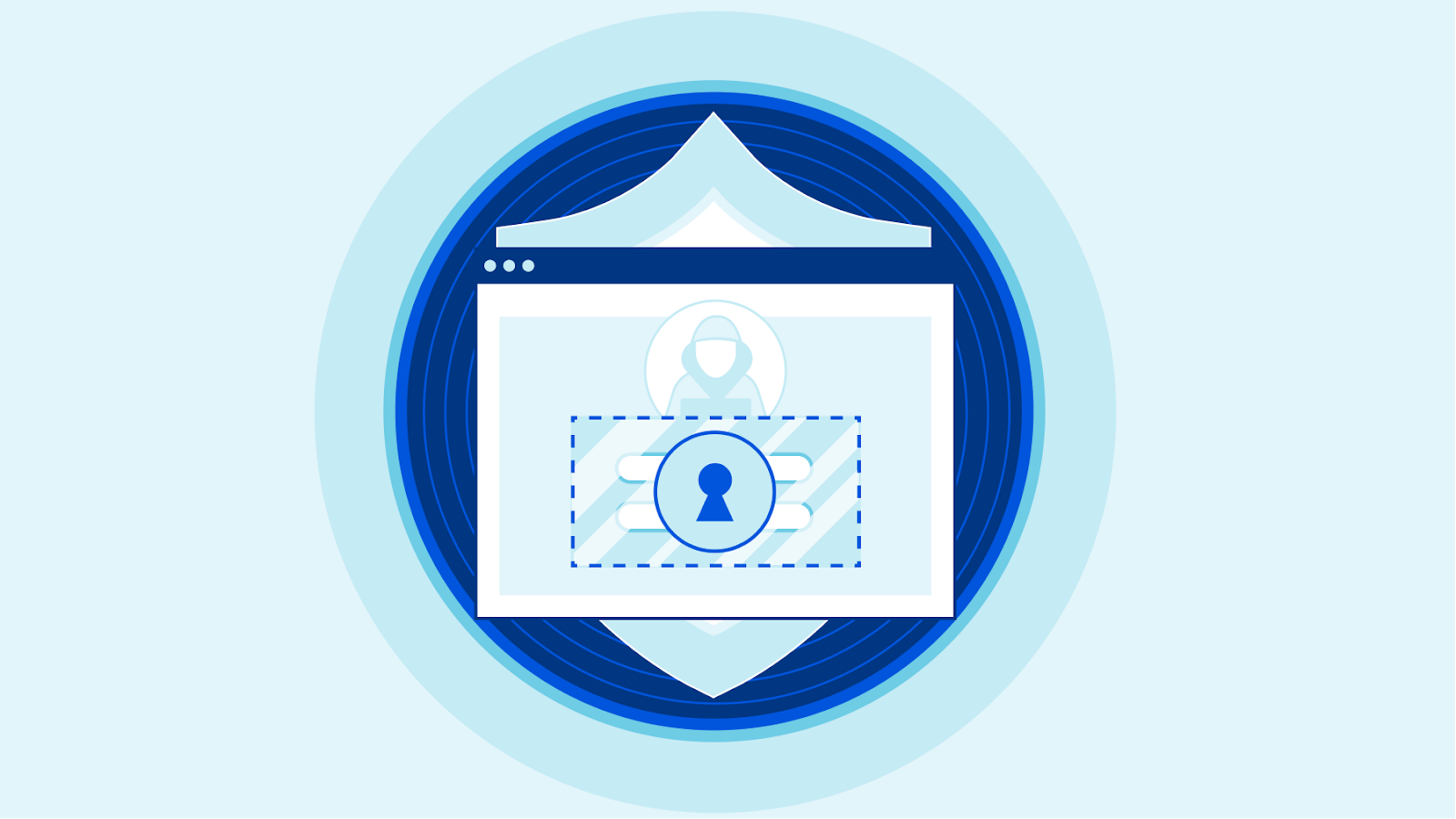

Your team can now use Cloudflare’s Browser Isolation service to protect against phishing attacks and credential theft inside the web browser. Users can browse more of the Internet without taking on the risk. Administrators can define Zero Trust policies to prohibit keyboard input and transmitting files during high risk browsing activity.
Earlier this year, Cloudflare Browser Isolation introduced data protection controls that take advantage of the remote browser’s ability to manage all input and outputs between a user and any website. We’re excited to extend that functionality to apply more controls such as prohibiting keyboard input and file uploads to avert phishing attacks and credential theft on high risk and unknown websites.
Challenges defending against unknown threats
Administrators protecting their teams from threats on the open Internet typically implement a Secure Web Gateway (SWG) to filter Internet traffic based on threat intelligence feeds. This is effective at mitigating known threats. In reality, not all websites fit neatly into malicious or non-malicious categories.
For example, a parked domain with typo differences to an established web property could be legitimately registered for an unrelated product or become weaponized as a phishing attack. False-positives are tolerated by risk-averse administrators but come at the Continue reading